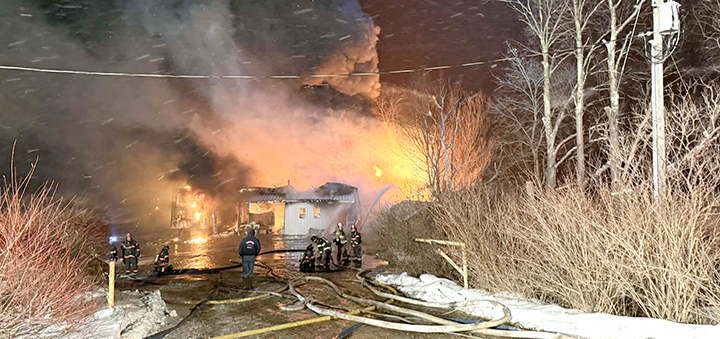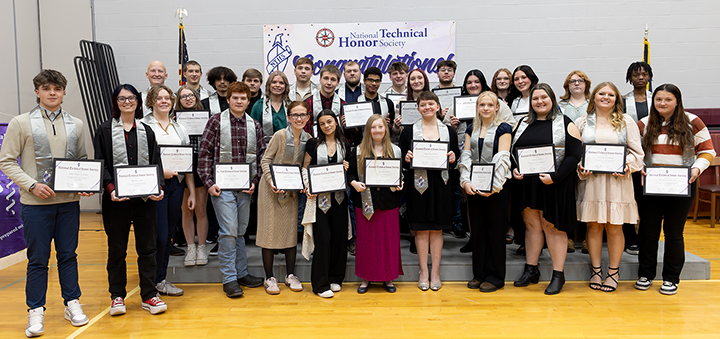Norwich adopts budget, still “work in progress” board president says
NORWICH – The $37,090,193 budget adopted by the Norwich City School District’s board of education Wednesday night represents a 2.07 percent decrease in district spending. Despite the $2.5 million in cuts required to reduce spending to that level, however, district taxpayers will still face an estimated 3 percent increase in the local tax levy.
“We’ll be a different school district next school year,” said Superintendent Gerard O’Sullivan as he detailed the cuts necessary to close the budget gap created by the loss of $825,000 in state education aid and rising expenses in employee health and retirement benefits and other costs.
The cuts include sweeping reductions to programs and personnel, including the potential loss of 24 full- and part-time staff members. In addition, as many as seven positions being vacated due to retirement or attrition will be left unfilled. Two interscholastic athletic programs – fall cheerleading and cross country – are to be eliminated entirely, and the number of teams which will be fielded in the remaining sports will be reduced to one varsity, on junior varsity and one modified. The only exception being Spring track, which will maintain two modified teams because of participation, O’Sullivan said. Eleven extra-curricular activities – including Jazz Ensemble, Pep Club, SADD and the Natoli Committee will be affected as well, as the stipend positions associated with those programs have been eliminated.







Comments